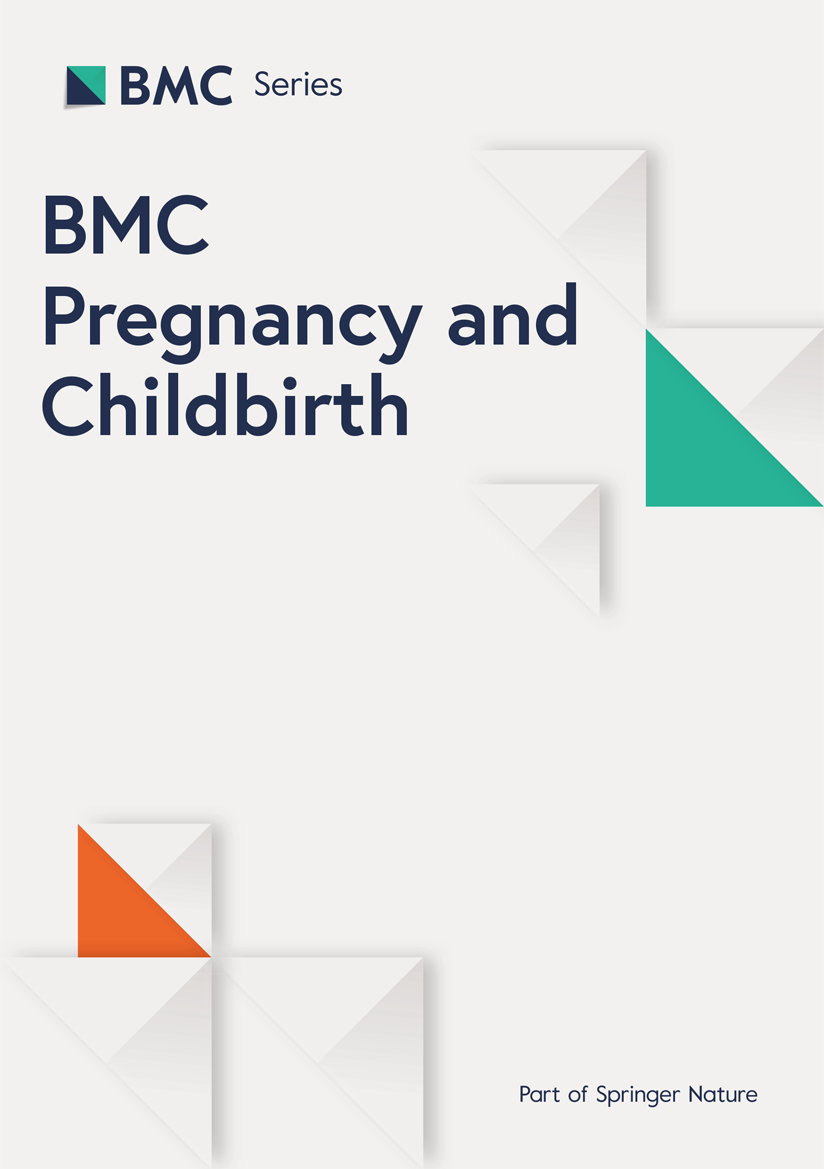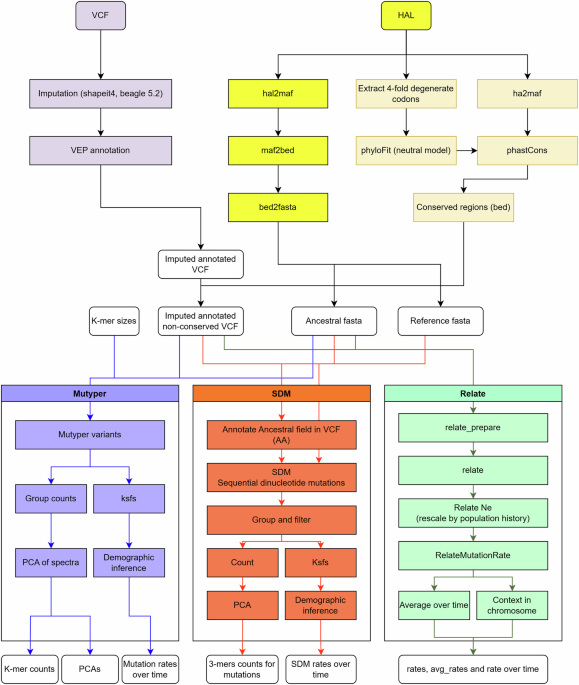Opening roads to larger trucks could slash costs, ATA says
Making Australia’s trucking network more efficient could slash costs for families, support wage growth and help the country hit its emissions targets, Australian Trucking Association (ATA) chair Mark Parry announced last week.
His comments come as the Productivity Commission wraps up its initial consultations on five major productivity inquiries, with transport reform among the key topics under review.
Parry says that allowing longer and more efficient truck combinations on more of Australia’s roads could cut industry operating costs by $13.6 billion by 2050, with flow-on savings of more than $400 per year for the average household.
“Increasing productivity is the key to reducing the cost of living for families now and increasing real wages in the long term. It is also the key to reducing costs for our exporters,” Parry says.
He pointed to A-doubles, longer, more fuel-efficient trucks, as a prime example of how innovative vehicle types can lift productivity.
“Innovative businesses that switch from conventional semitrailers to what are called A-doubles can move the same amount of freight in half the number of trips while using 72 per cent of the fuel,” Parry says.
However, these trucks are currently limited to specific networks or require permits from the National Heavy Vehicle Regulator, limiting their broader uptake.
Parry welcomed the work by governments to create an automated access system to simplify truck approvals but said more urgency was needed.
“Australia’s governments are working to create an automated access system to replace nine out of ten road access permit applications, but it is not clear when the system will be finished,” he says.
“The ATA’s response to the Productivity Commission argues that the government should strongly encourage the participating states to roll out the system faster and to publish timeframes for each component.
He called for targeted investment to upgrade roads and bridges to accommodate high productivity trucks, including battery and hydrogen electric vehicles, which tend to be heavier.
“Australian Government funding should be available to assist governments that are still reviewing the state of their roads and bridges,” he says.
“The ATA has called for a $5 billion, ten-year program of targeted road upgrades to expand the roads that can be used by high productivity trucks, as well as battery and hydrogen electric trucks.”
Parry added that such investment would also boost the resilience of the road network, making it more capable of withstanding the increasing frequency of natural disasters.
Beyond infrastructure, Parry says the trucking industry needed urgent support to address workforce challenges.
“The Australian government provides financial support to some apprentices, but it does not support apprentice truck drivers. That needs to change,” he says.
He also advocated for changes to how truck drivers are licensed in Australia, proposing a shift from the current time-based progression model to a system based on hours worked or driven.
“At present, drivers advance through the truck licence classes based on the time they have held each licence, followed by training and competency tests,” he says.
“The time-based approach should be removed and replaced with a requirement that drivers log a minimum number of driving or working hours before being eligible to be tested for the next licence class.
“This would increase safety and help with the driver shortage, for drivers could be advanced through the licensing classes more quickly.”
Parry also highlighted the ATA’s emissions reduction plan, which he said would eliminate more than 35 million tonnes of CO₂ over the next 25 years.
“Our plan comprises a voucher scheme to encourage businesses to purchase battery electric trucks, our plan for high productivity and EV networks, and production incentives for renewable diesel,” he says.
“These measures would deliver a 9.3 per cent reduction in total cumulative emissions over 25 years compared to the base case in the Deloitte Access Economics modelling we provided the commission.”
Parry says the time to act is now.
“We have the tools, the modelling, and the industry support. What we need is policy certainty and faster delivery from governments.”
Will Toll Group buy out Port of Darwin?
Scania delivers first electric truck to TLS
World record falls for longest reversing journey in a truck










